Momiji Moments - November 2022
The leaves are turning red, just like our ramen. A steaming cup of noodle is all you need to savor the beauty of fall foliage (koyo, 紅葉) and get that comforting feeling of warmth from a slurp of delicious ramen with broth:
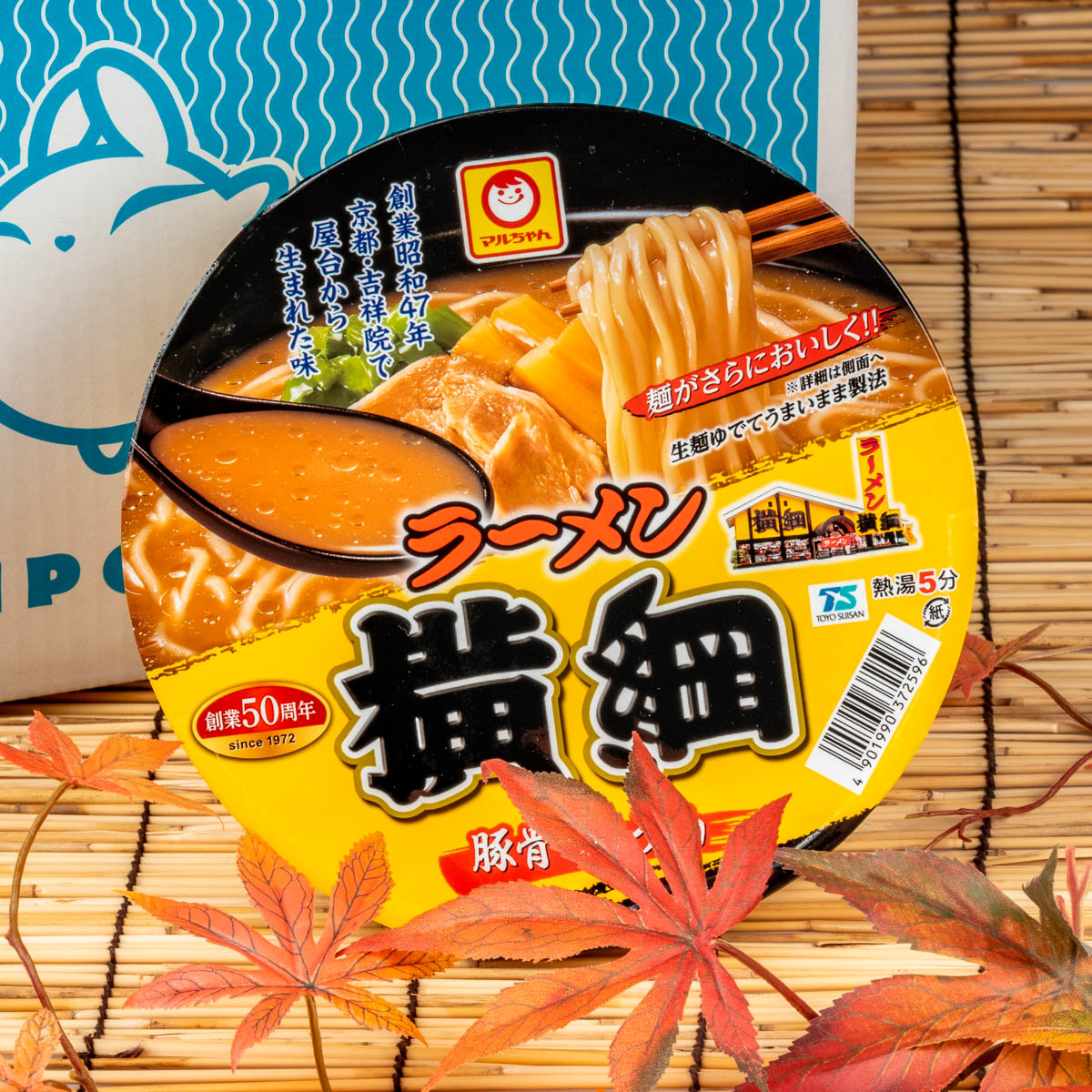
Ramen Yokozuna Tonkotsu Shoyu from Toyo suisan
Allergens: wheat, egg, dairy, sesame, soy, chicken, pork, gelatin Cooking time: 5 minutes* Ramen Yokozuna is a famous ramen shop that opened in 1972 with its main store in Kisshoin, Kyoto. Popular among locals, it features tonkotsu soy sauce flavored ramen. In addition to Kyoto, there are today more than 40 stores in Kinki, Tokai, and Chiba prefectures. The soup is based on the umami of pork and chicken, with a hint of sweetness from the onions, added to make it a standard yet rich pork bone and soy sauce flavored soup. The noodles are made using a proprietary method, giving them their characteristically smooth texture with a little crisp. To top it off, we have some delicious char siu, menma and green onions *Add the bag with liquid 5 minutes after pouring the water.
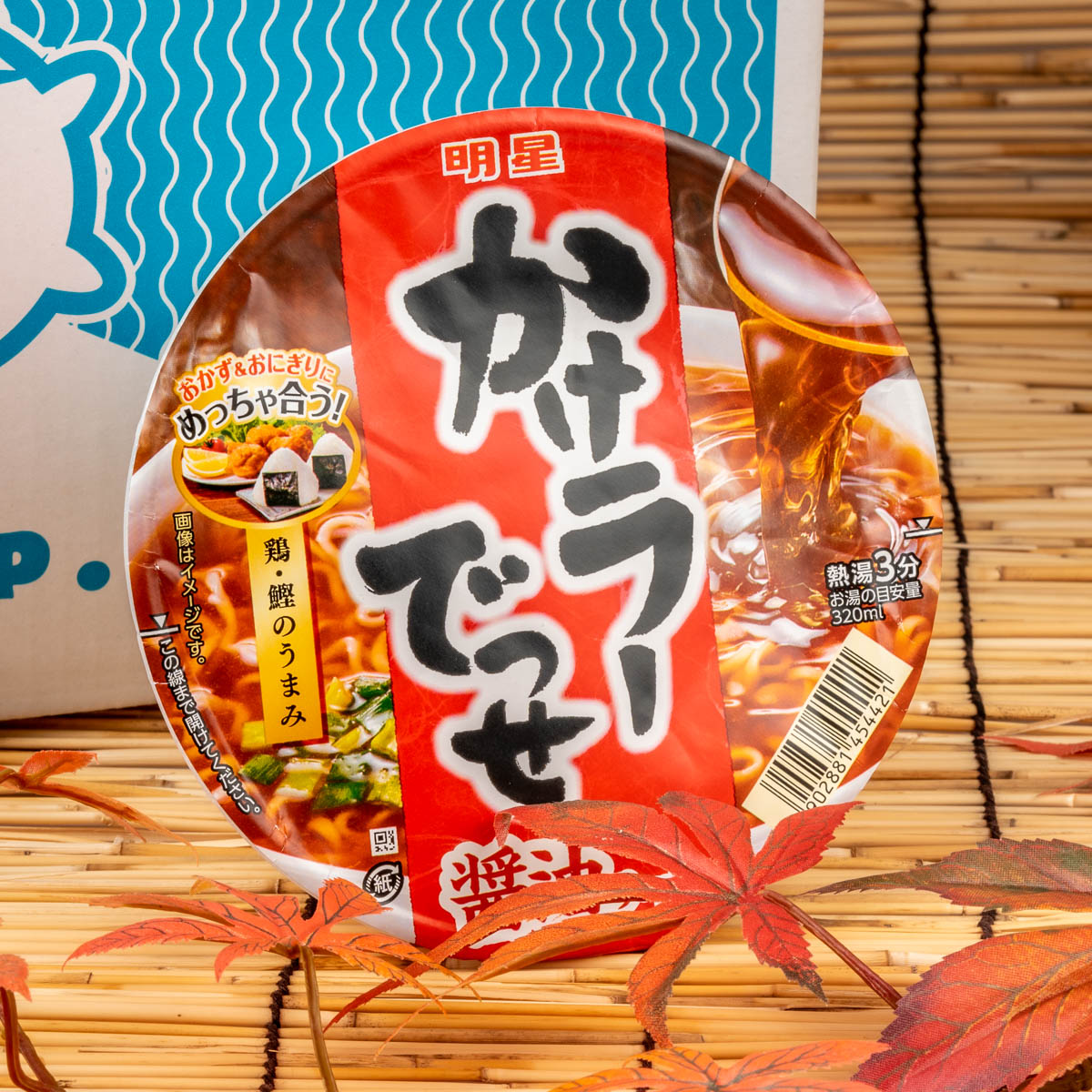
Kakera Desse Shoyu Ramen from Myojo Shokuhin
Allergens: wheat, egg, dairy, shrimp, pork, chicken, soy Cooking time: 3 minutes Processed in a facility that also processes buckwheat This is a brand-new release in the ramen-verse: Kake-ra-Desse Shoyu Ramen (かけラーでっせ 醤油ラーメン), part of a new series that dares to reduce ingredients instead of adding more, bringing the taste closer to the pure flavor of noodles and broth. According to Myojo Shokuhin (明星食品) themselves, the dish can be served as a soup to be eaten with onigiri (おにぎり) or other rice balls! By simplifying the base, they’ve enlarged opportunities for you to be creative and pair this cup of noodles with other dishes to make a full meal!
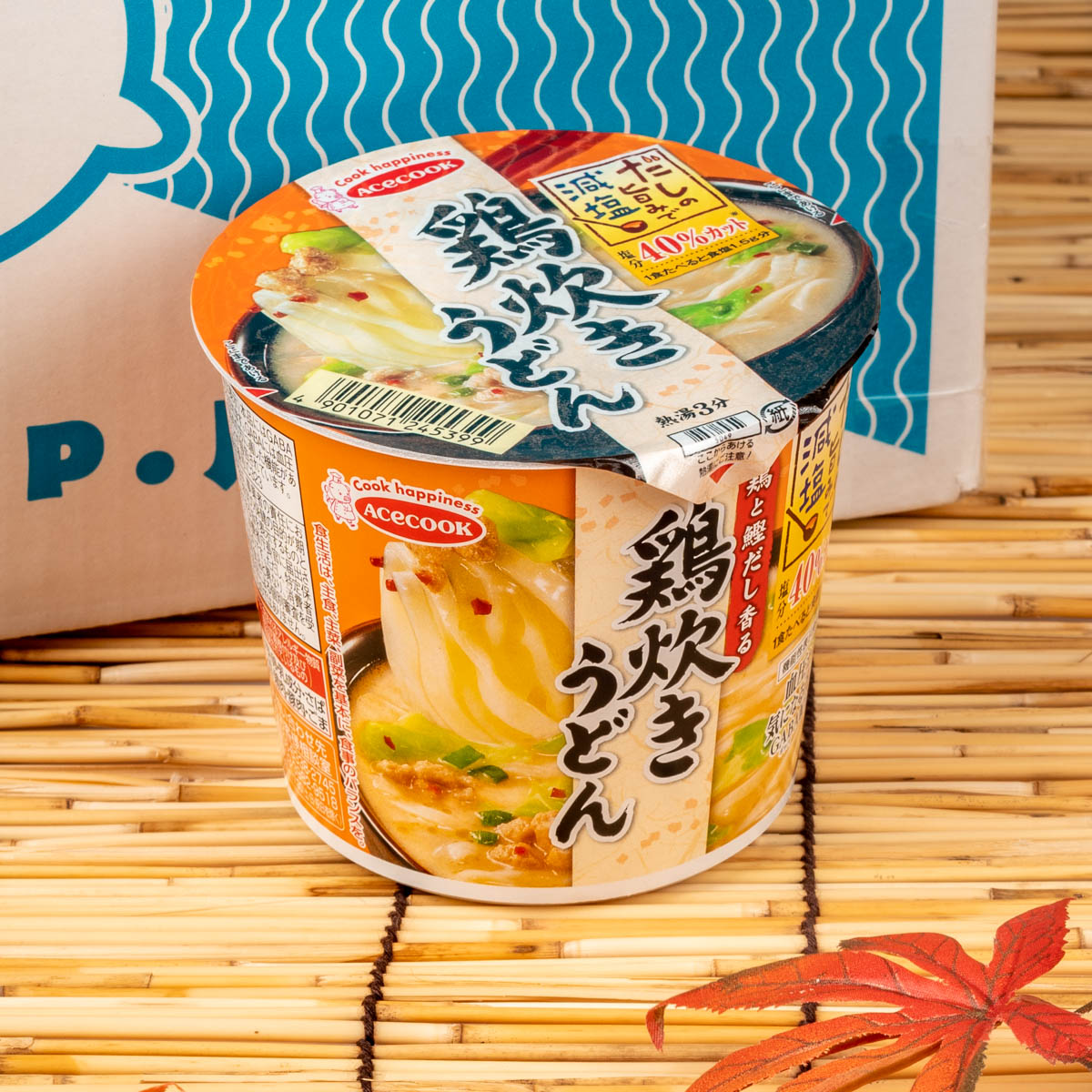
Dashi no Umami de Gennenn Toritaki Udon from Acecook
Allergens: wheat, egg, dairy, mackerel, soy, chicken, pork, sesame Cooking time: 3 minutes Are you looking for the healthiest instant noodles? Here’s Japan's first cup noodle series with a functional food label, recommended for those concerned about blood pressure. With a new package design, the message is clear: healthy and yummy. Those smooth udon noodles are paired with a Hakyu-tsuyu (白湯つゆ) with chicken broth (鶏だし), yuzu pepper (柚子胡椒), and bonito broth (鰹だし), which is low in salt but tastes delicious (contains GABA). With this cup, you can enjoy some high quality dashi, with unique aromas and flavors that only liquid tsuyu can provide. It is topped with crisp cabbage, well-seasoned minced chicken, colorful green onions, and chili peppers.
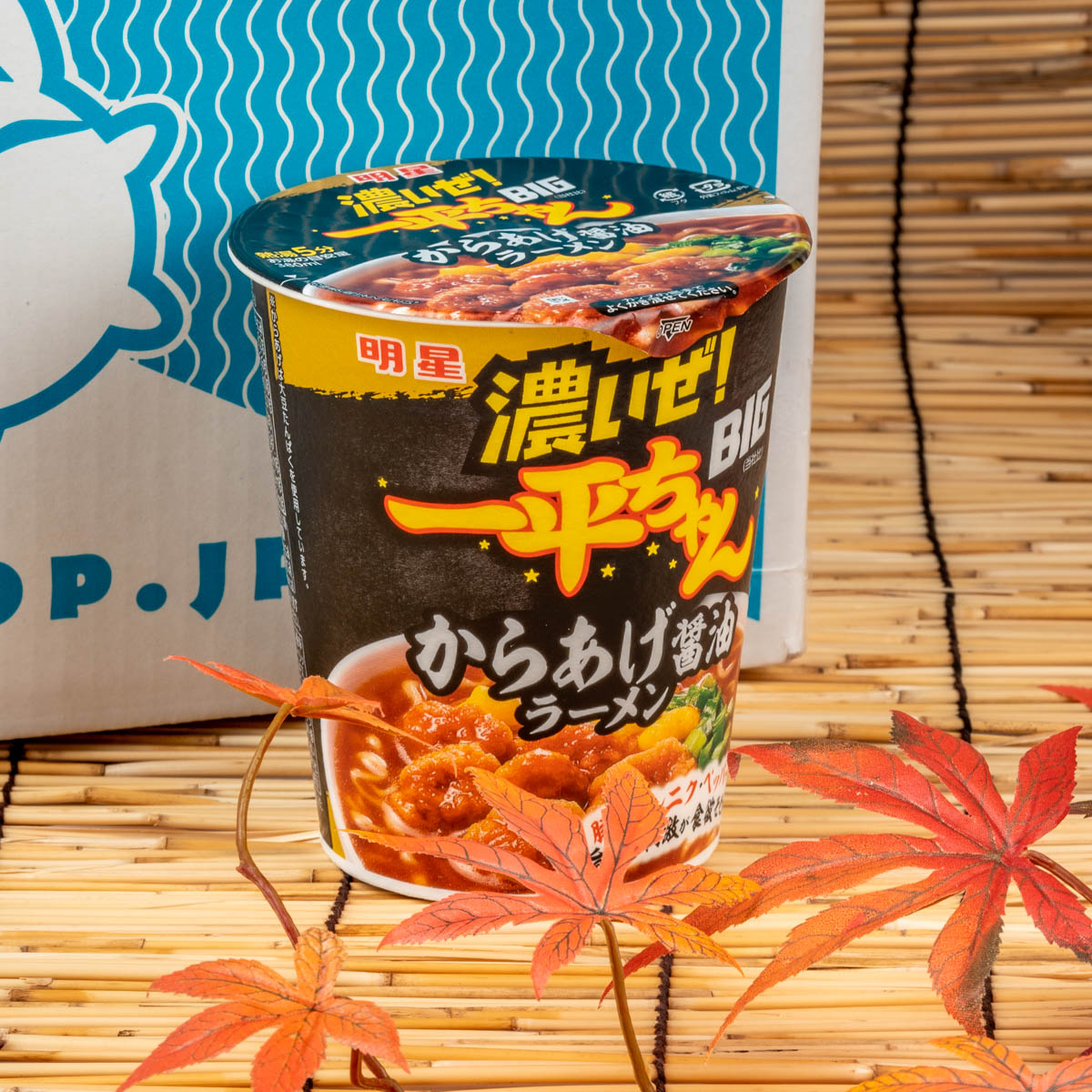
Koize! Ippei chan Karaage Syoyu Ramen from Myojo Shokuhin
Allergens: wheat, egg, dairy, shrimp, pork, chicken, soy, sesame Cooking time: 5 minutes Processed in a facility that also processes buckwheat, crab, and peanuts In this cup, the filling, medium-thick noodles, are prepared with a fair amount of garlic powder, soy sauce broth with pork, savory vegetables, and pepper, and soy-based fried bean curd that soaks up the fat. This soy sauce ramen packs a triple punch of dark flavor. It’s a modern version of a good old classic recipe, serving a healthy portion of satisfaction with its friend chicken (からあげ). Myojo is a company that was started back in 1950 in a small back alley and was commissioned to produce dried noodles. They’ve been involved in the technological development of the industry ever since and created some of the best noodles on the market. The series Ippei chan was released in 1993.
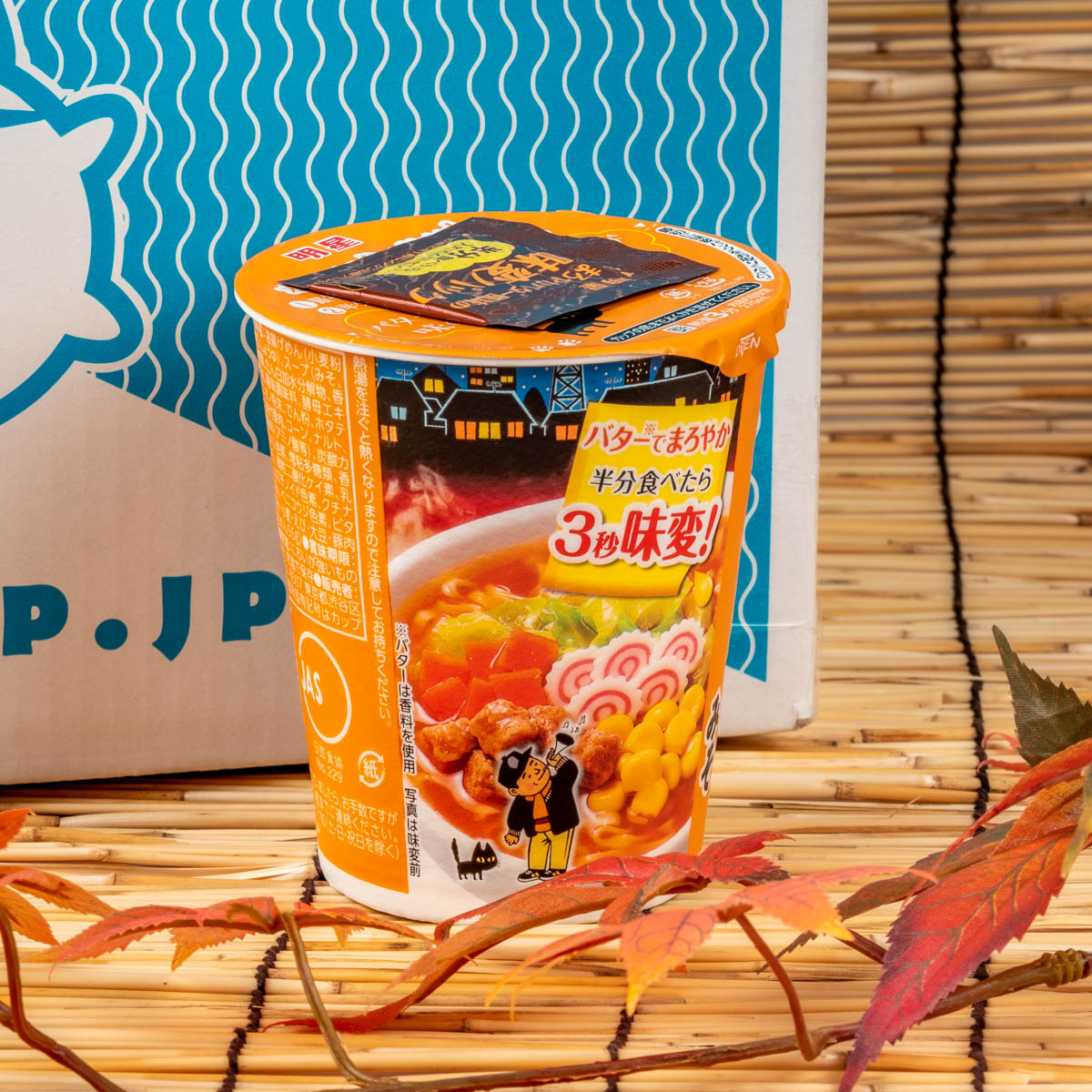
Charumera Cup Miso from Myojo Shokuhin
Allergens: wheat, egg, dairy, shrimp, pork, soy Cooking time: 3 minutes Processed in a facility that also processes buckwheat, crab, and peanuts Charumera (チャルメラ) was launched as a series in 1966, making it one of the longest running instant noodle series on the market. With a light butter aroma, this new edition of the ultimate classic Miso-flavored Charumera ramen is a lovely reinvention. The miso flavor, is light and gentle, but with the butter, it becomes rich and tasty. The company recommends adding the butter about halfway through, but we tested it, and the earlier you add the butter to change the flavor, the better it tastes! (Remember this) The soup is rich in umami, and the noodles are delicious and go well with the soup. To pair with the noodles and broth, Myojo added corn, cabbage, and carrots!
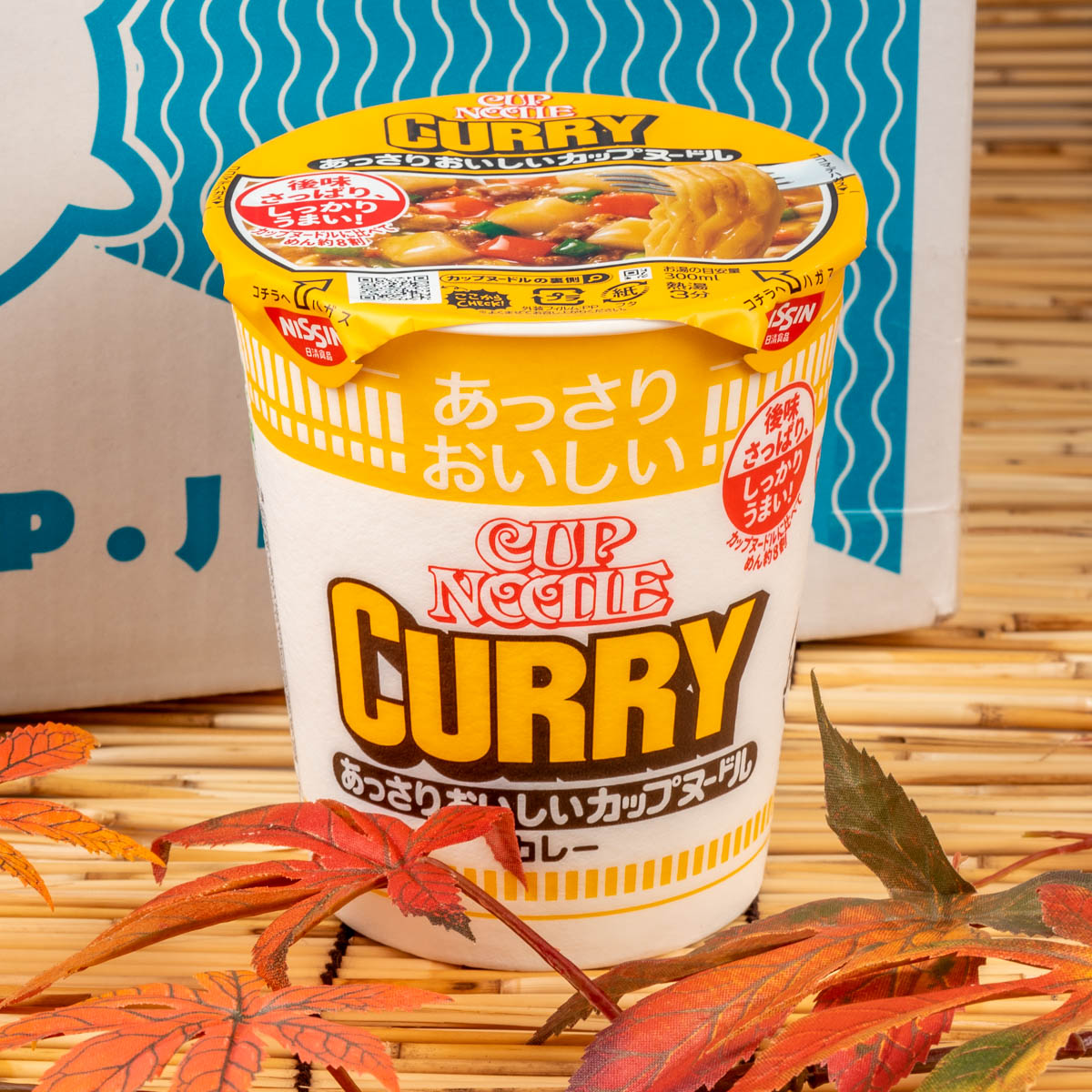
Assari Oishii Cup Noodle Curry from Nissin
Allergens: wheat, egg, dairy, peanuts, pork, chicken, soy, sesame, apple Cooking time: 3 minutes Curry (カレー) noodles is the kind of comfort food that, well, comforts you at any time and in any situation. What’s even more comforting than a cup of noodles? A cup filled with noodles. Who likes half empty cups? Nobody. Nissin created this one by filling 80% of the cup’s volume with noodles and a delicious, light (あっさり) curry soup with seasoned pork, carrots and green onions. It’s all in the subtlety of the various ingredients that really come together to warm your stomach. Once you’ve started slurping, practice some Japanese by saying “Oishii” (おいしい), which means “delicious”!
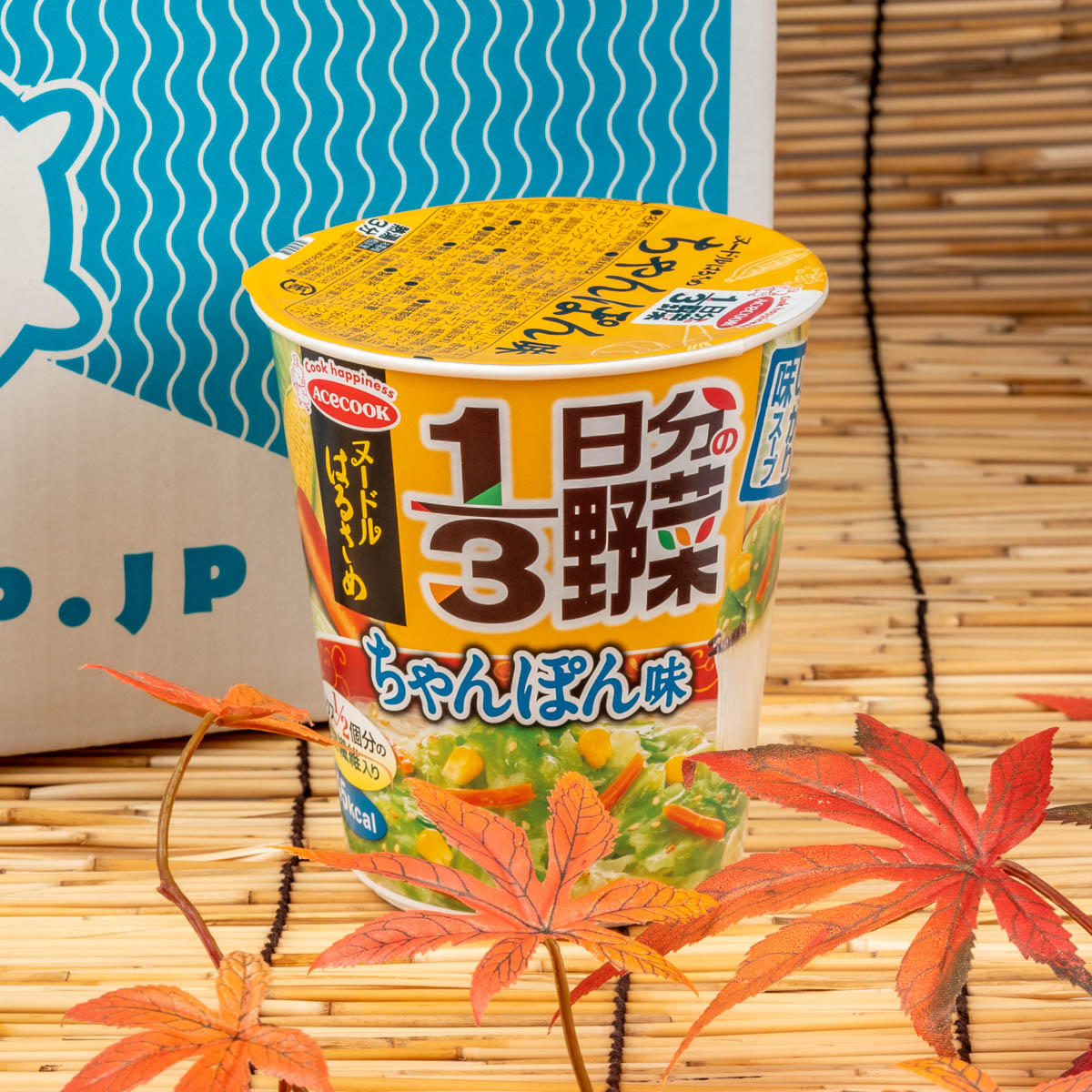
Noodle Harusame 1/3 Nichibun Chanpon Aji from Acecook
Allergens: wheat, egg, dairy, sesame, soy, chicken, pork Cooking time: 3 minutes Harusame (春雨, はるさめ), literally "spring rain". Unlike Chinese glass noodles, they are usually made from potato starch. They are commonly used to make salads, or as an ingredient in hot pot dishes. Acecook (エースコック) created the "Noodle Harusame" (ヌードルはるさめ) series to be a low callory dish in the 100 kcal range, but gives you the satisfaction of having eaten a good bowl of noodles! They have a smooth texture and go perfectly well with the champong soup base (ちゃんぽん味). The flavors are based on pork and chicken with scallop extract and soy sauce. The mild soup is spiced up and sprinkled with sesame oil to create a flavor that will never get boring. Of course, no instant noodles would be complete without toppings, so here they are: crunchy cabbage, flavorful sesame seeds, colorful corn and carrots.

BONUS GIFT: Konpeito Snack
Konpeitō (金平糖, こんぺいとう), is a type of Japanese sugar candy. It takes the form of a small sphere with a bumpy surface, and comes in a variety of colors and flavors. They are traditional candies in Japan, but funnily the name actually comes from the Portuguese word confeito, which means confetti. It was first introduced in Japan to Oda Nobunaga by a Portuguese missionary in 1569. Today, it’s often used for celebrations and gifted for special occasions. We hope that you’ll enjoy this little gift and that you’ll be able to celebrate another beautiful day!